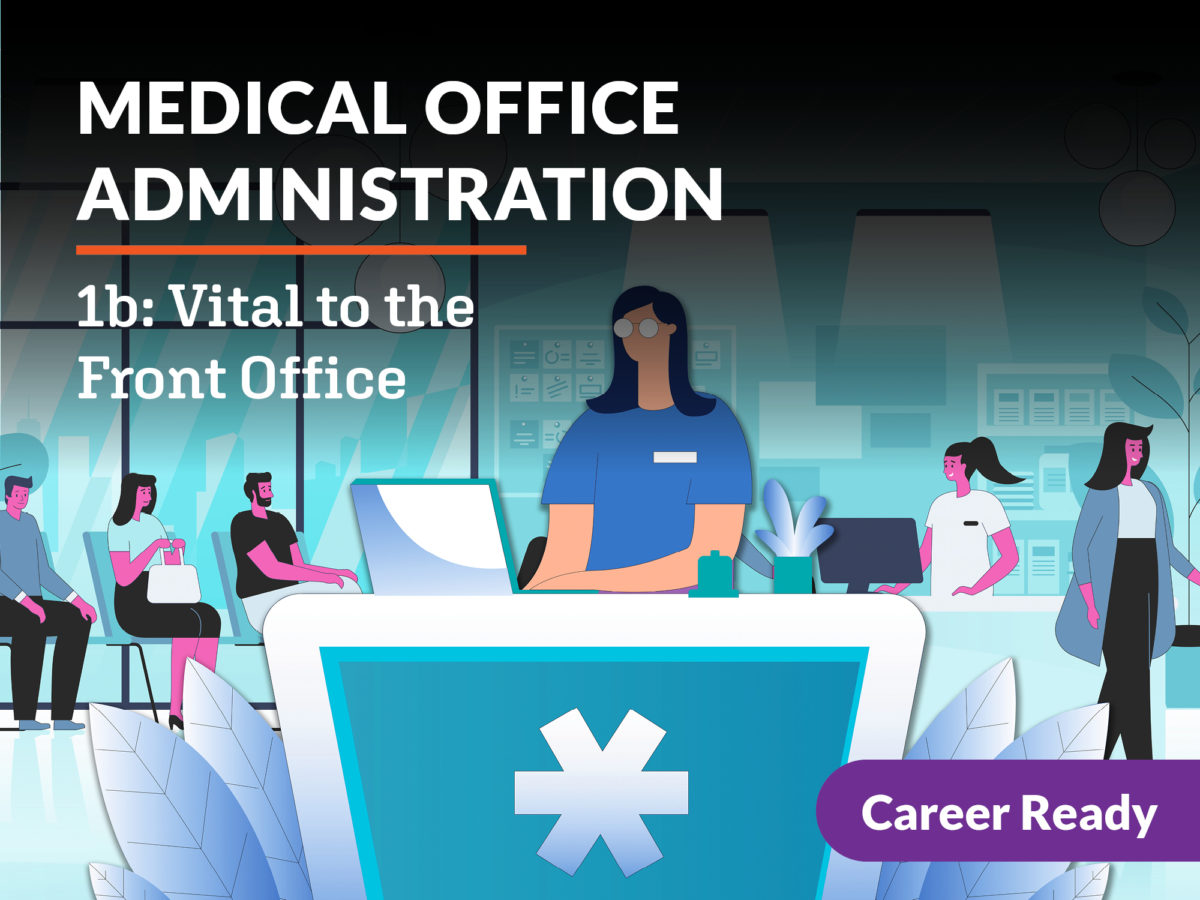Why Medical Administration is Crucial for Smooth Medical Care Workflow
Why Medical Administration is Crucial for Smooth Medical Care Workflow
Blog Article
Ideal Practices in Medical Management for Improving Effectiveness and Reducing Expenses
In the ever-evolving landscape of health care, the quest of finest practices in medical administration is paramount for boosting performance and suppressing expenditures. By incorporating sophisticated innovations such as electronic wellness records and telemedicine, healthcare providers can streamline operations and boost client treatment. However, technology alone is not a cure all; enhancing source appropriation and cultivating joint communication amongst care teams are just as crucial (medical administration). As organizations strive to balance quality and expense, what approaches should be prioritized to accomplish these double goals? The response to these questions hold the key to a more sustainable medical care system.
Leveraging Advanced Innovation
The integration of electronic options into medical care systems has actually transformed the method facilities run, streamlining procedures and enhancing person care. By streamlining person information, EHRs remove the demand for difficult documents and help with smooth interaction among health care providers.
Telemedicine is an additional technical development that has actually transformed patient interaction. It supplies ease for both people and medical care experts by allowing remote consultations, which can minimize the demand for in-person visits and optimize appointment scheduling. In addition, telehealth systems can extend health care access to rural or underserved locations, linking spaces in treatment delivery.
Moreover, the usage of Artificial Knowledge (AI) and artificial intelligence is coming to be progressively common in anticipating analytics, enabling very early discovery of possible health and wellness issues and even more educated decision-making. These modern technologies, when integrated properly, can boost diagnostic precision and customize individual treatment strategies, inevitably bring about improved healthcare outcomes and operational performance.
Optimizing Resource Appropriation
By purposefully managing sources such as personnel, equipment, and financial resources, health care centers can substantially enhance their functional efficiency, enhance patient results, and reduce unneeded expenditures. The very first action in maximizing resource appropriation entails conducting a detailed analysis of current possessions and determining areas where resources may be underutilized or overextended.
Focusing on source allotment based upon individual demands and solution needs is essential. This entails straightening sources with high-demand locations, such as emergency situation treatment or specialized treatments, to make certain prompt and efficient individual treatment. Applying adaptable staffing versions can likewise optimize labor resources by readjusting workers appropriation in response to rising and fall person volumes. Additionally, welcoming telemedicine and various other technological services can ease physical source restraints by offering alternative methods for patient-provider communications.
Funds ought to be meticulously monitored and allocated with critical foresight to support both temporary functional requirements and long-term institutional objectives. This consists of investing in training programs that improve personnel expertises and adopting energy-efficient techniques that reduce operational costs (medical administration). Inevitably, a maximized source allocation approach promotes a sustainable medical care atmosphere that is responsive, effective, and financially sensible
Streamlining Operations Processes
When health care facilities aim to enhance functional performance, improving process processes becomes an essential emphasis. Reliable click now workflows minimize redundancy, remove unnecessary steps, and enhance control among healthcare specialists. This method not just increases service delivery however likewise improves the high quality of client treatment.

Next, innovation assimilation plays a considerable duty in enhancing process. Applying digital wellness records (EHRs) and electronic physician order entry (CPOE) systems decreases paperwork, reduces human mistake, and ensures details is accessible to all relevant employees. Furthermore, leveraging telemedicine platforms can simplify patient consultations and follow-ups, reducing the pressure on physical facilities.

Eventually, structured operations lead to cost reductions and boosted patient contentment, fostering a more lasting healthcare environment.
Enhancing Information Monitoring
Structure upon structured workflows, optimizing data management becomes a crucial part in advancing medical care management. Reliable information administration systems are important for maintaining accurate patient records, enhancing decision-making, and making certain conformity with regulative requirements. By carrying out durable information administration remedies, healthcare facilities can boost the quality of patient care while at the same time reducing functional expenses.
One secret aspect of improving data management is the combination of sophisticated digital health record (EHR) systems. These systems promote the seamless exchange of individual information across different departments, lowering replication of examinations and minimizing errors. A properly designed EHR system supports data analytics, allowing doctor to determine patterns and make notified choices concerning individual care.
In addition, safeguarding person data is vital. Adopting detailed cybersecurity procedures, consisting of encryption and regular audits, ensures the stability and confidentiality of delicate details. This not just safeguards people but also preserves the establishment's online reputation.
Purchasing team training is another essential element. Educating medical care experts on information monitoring techniques boosts their ability to efficiently utilize innovation, resulting in enhanced person end results. To conclude, enhancing data management through sophisticated modern technology and thorough training is vital for achieving efficiency and price reduction in clinical administration.
Fostering Collaborative Communication
An essential part ahead of time clinical administration is fostering joint interaction amongst health care experts. Efficient communication is critical for ensuring smooth patient treatment, optimizing treatment results, and reducing mistakes. By motivating open discussion and sychronisation across multidisciplinary teams, health care companies can boost their functional efficiency and lower unneeded expenses.
Central to this method is the integration of communication innovations such as electronic health and wellness documents (EHRs) and safe and secure messaging systems, which promote the fast exchange of critical individual information. These devices like this enable doctor to accessibility and share data in genuine time, making sure that all staff member are notified and lined up in their decision-making procedures. Regular group conferences and interdisciplinary rounds can additionally promote a society of collaboration and responsibility.
Educating programs focused on enhancing communication abilities are additionally crucial. Ultimately, promoting collaborative communication leads to improved healthcare delivery and expense savings.

Final Thought
Including sophisticated technology, such as electronic health records and telemedicine, alongside optimized source allotment and structured process processes, is essential for boosting efficiency in clinical management. Effective information administration and fostering collaborative interaction among medical care teams are vital for reducing redundancies and improving treatment high quality. By focusing on precautionary treatment and taking part in high quality enhancement initiatives, health care organizations can accomplish considerable cost savings and boosted client results, therefore making certain sustainable healthcare shipment in an increasingly intricate atmosphere.
Report this page